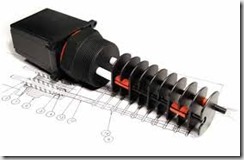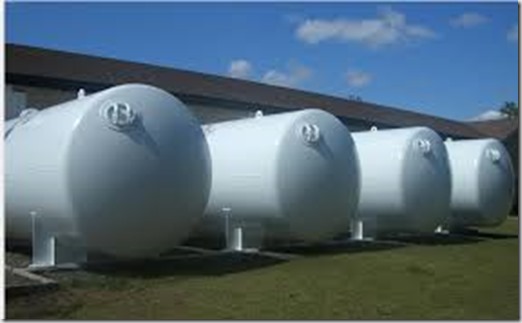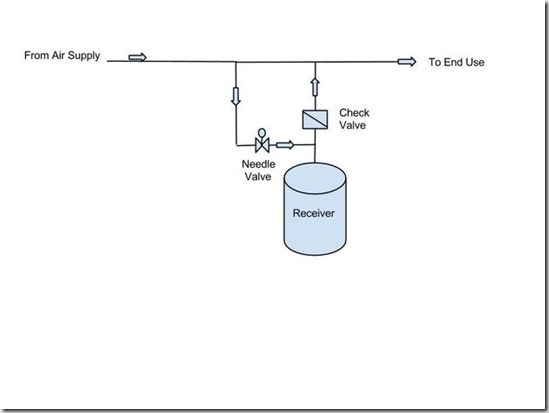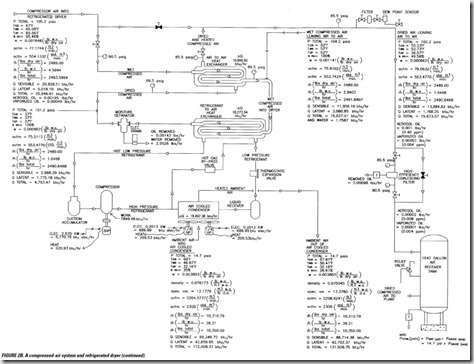Desiccant air dryers utilize a tremendous amount of energy through the consumption of compressed air and/or heat to regenerate the desiccant bed.
The use of hygrometers or dew point meters is commonly applied to reduce the amount of energy usage.
A recent article by “Compressed Air Best Practices” informs end users that this type of control is not the panacea that manufacturers would have you believe.
Seeing is not always believing
However, the use of an in (desiccant) bed capacitance probe can assure a lifetime of proper operation with no calibration required. The AMLOC capacitance probe used exclusively on dryers manufactured by Pneumatic Products Corporation (PPC)
AMLOC®
The AMLOC Energy Management Systems maintain accuracy, dew point stability and never need recalibration. Patented one quarter century ago, AMLOC® generates tens-of-thousands of dollars in energy saving annuities for industry leaders. The model of durability, THE PTFE or ceramic coated, stainless steel capacitance probes sense the changes to the dielectric constant imparted upon the desiccant by the extracted water vapor. Capable of identifying an aging or fouled bed, desiccant regeneration cycles are managed with precision.









